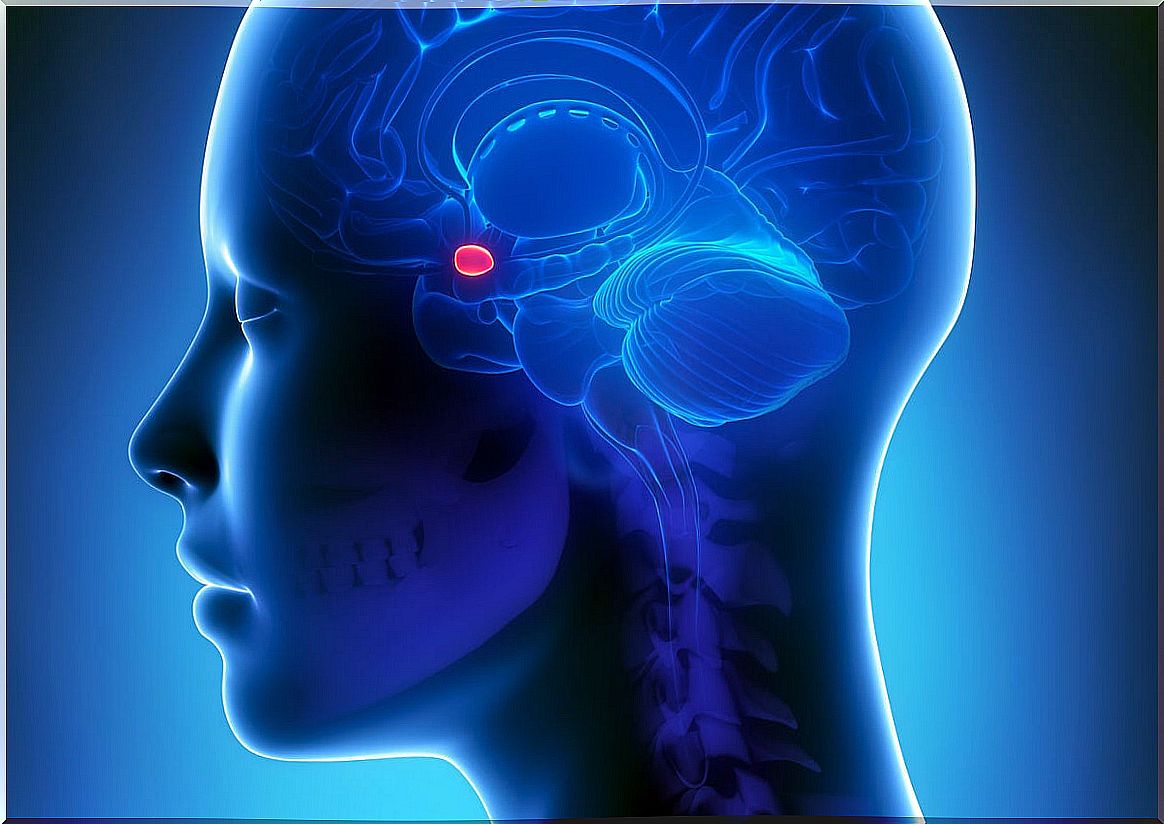Neuroscience Finds Clues To The Origin Of Fear Of The Dark

Fear of the dark is a common fear that affects not only children, but also a good number of adults. We are diurnal animals; the sense that we use the most is sight, a sense that wins when what we want to see is illuminated.
Fear of the dark has often been associated with childhood trauma or childishness. However, neuroscience has found that the topic can go much deeper. Apparently that fear is somehow inscribed in our configuration as a species.
The absence of light limits us, makes us clumsy – although extreme abundance can also do it. We do not know where the obstacles are, sometimes we ignore what surrounds us and, ultimately, we tend to become more defensive because uncertainty about what surrounds us increases. Everything indicates that this fear of the dark is associated with how the brain works.
An investigation into the fear of the dark
Faced with the fear of the dark, an investigation capable of providing interesting data has been carried out. The study was published in PLoS ONE in June 2021. The research was conducted by scientists at Monash University in Australia.
Their sample consisted of 23 volunteers. In a controlled laboratory setting, they were hooked up to a brain scanner system to monitor what was happening in their brains during the experiment. Then there were several successive cycles of turning the light on and off. The lighting changes occurred every 30 seconds.
The researchers found that while it was dark, the amygdala increased its activity. Later, when turning on the light, a clear decrease of this activation was seen. Likewise, lapses of dim light were introduced, which made the amygdala maintain intermediate levels of activity.

Fear of the dark, according to neuroscience
The amygdala is part of the limbic system, which together is responsible for our most primitive emotional reactivity. Specifically, this area of the brain has to do with the sensations associated with fear. There an alert mechanism is activated when a stimulus arises that is perceived as dangerous or threatening.
On the other hand, light is not only a factor that affects good visibility, but also fulfills other functions. It is known that it is essential to regulate circadian rhythms, which mark periods of activity and rest. Likewise, it has been shown that it affects mood, to the point that it is sometimes a pharmacological target in treatments against depression.
The experiment carried out by scientists at Monash University corroborates the link between light, the amygdala and the feeling of fear. When the amygdala is activated, in times of darkness, the feeling of fear increases. At the moment of deactivation, when there is light, that fear is diluted.
The research also found that the variations in the activation level are very rapid. They estimated that the amygdala responds to stimuli in a period of no more than 100 milliseconds. It is practically automatic.

An ancient fear
What neuroscientists ultimately discovered is that fear of the dark has a determining physiological referent. They described how this process operates and suggested possible explanations for its origin. However, the reason why the absence of light is so significant in humans could be rather evolutionary in nature.
In the dark we are much more vulnerable, and our brain “knows” it. The sight loses sharpness, something that we try to compensate by increasing the alert level -processing any input more quickly, to react in case of threat-.
Surely the first humans already felt some concern when the sun went down. This was one of the reasons why learning to control fire was a real revolution.
Therefore, fear of the dark can also be considered a component of survival instinct. The mere fact that there is no light represents a risk and that is why the alert mechanisms are activated. However, when there is no risk and, instead, considerable fear is present, we could be talking about a different problem.









